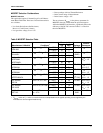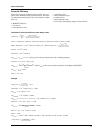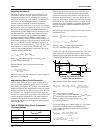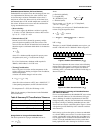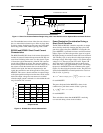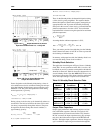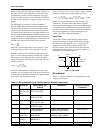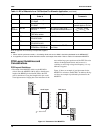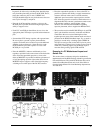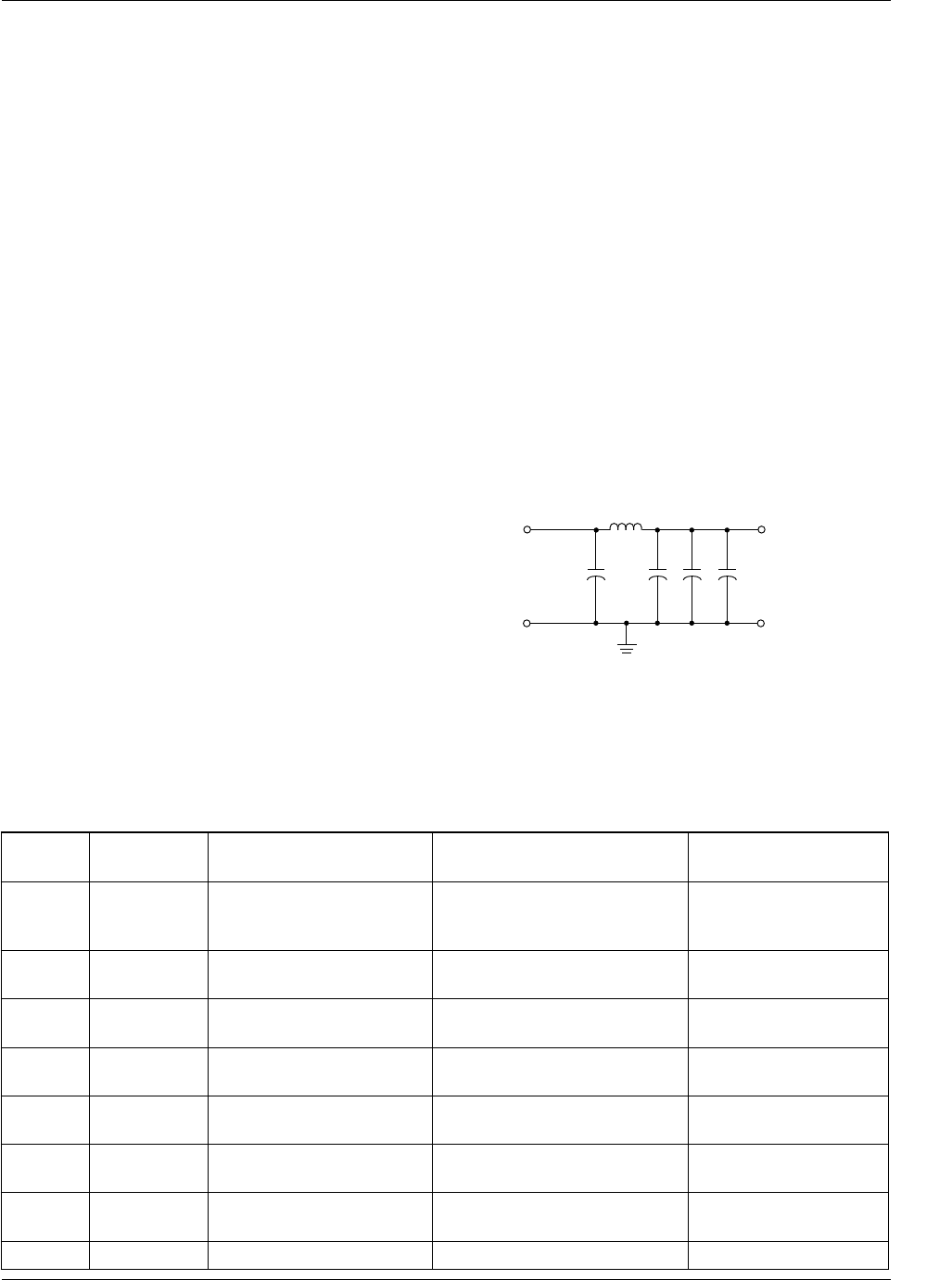
APPLICATION NOTE AN50
15
FET. Low Equivalent Series Resistance (ESR) capacitors are
best suited for this type of application. Incorrect selection
can hinder the converter's overall performance. The input
capacitor should be placed as close to the drain of the FET as
possible to reduce the effect of ringing caused by long trace
lengths.
The ESR rating of a capacitor is a difficult number to
quantify. ESR is defined as the resonant impedance of the
capacitor. Since the capacitor is actually a complex imped-
ance device having resistance, inductance, and capacitance,
it is natural for this device to have a resonant frequency. As a
rule, the lower the ESR, the better suited the capacitor is for
use in switching power supply applications. Many capacitor
manufacturers do not supply ESR data. A useful estimate of
the ESR can be obtained using the following equation:
where DF is the dissipation factor of the capacitor, f is the
operating frequency, and C is the capacitance in farads.
With this in mind, correct calculation of the output capaci-
tance is crucial to the performance of the DC-DC converter.
The output capacitor determines the overall loop stability,
output voltage ripple, and load transient response. The calcu-
lation is as follows:
where ∆V is the maximum voltage deviation due to load
transients, ∆T is the reaction time of the power source (loop
response time for the RC5050 and RC5051 isapproximately
2µs), and I
O
is the output load current.
For I
O
= 12.2A (0-13A load step) and ∆V = 100mV, the bulk
capacitance required can be approximated as follows:
Because the control loop response of the controller is not
instantaneous, the initial load transient must be supplied
entirely by the output capacitors. The initial voltage deviation
is determined by the total ESR of the capacitors used and the
parasitic resistance of the output traces. For a detailed analysis
of capacitor requirements in a high-end microprocessor
system, please refer to Application Bulletin 5.
Input Filter
The DC-DC converter should include an input inductor
between the system +5V supply and the converter input as
described below. This inductor serves to isolate the +5V
supply from the noise in the switching portion of the
DC-DC converter, and to limit the inrush current into the
input capacitors during power up. A value of 2.5µH is rec-
ommended, as illustrated in Figure 14.
Figure 14. Input Filter
Bill of Material
Table 11 is the Bill of Material for the Application Circuits
of Figure 3 and Figure 4.
ESR
DF
2πfC
-------------=
C µF( )
I
O
∆T×
∆V I
O
ESR×–
--------------------------------------=
C µF( )
I
O
∆T×
∆V I
O
ESR×–
--------------------------------------
12.2A 2µs×
100mV 12.2A 7.5mΩ×–
--------------------------------------------------------------- 2870µF= = =
1000µF, 10V
Electrolytic
0.1µF
65-AP42-17
2.5µH
5V Vin
Table 11. Bill of Materials for a 13A Pentium Pro Klamath Application
Quantity Reference Manufacturer Part
Order #
Description Requirements and
Comments
7 C4, C5, C7,
C8, C9, C10,
C11
Panasonic
ECU-V1H104ZFX
0.1µF 50V capacitor
1 C6 Panasonic
ECSH1CY475R
4.7µF 16V capacitor
1 Cext Panasonic
ECU-V1H121JCG
120pF capacitor
1 C12 Panasonic
ECSH1CY105R
1µF 16V capacitor
3 C1, C2, C3 United Chemi-con
LXF16VB102M
1000µF 6.3V electrolytic
capacitor 10mm x 20mm
ESR < 0.047 Ω
4 C13, C14,
C15, C16
Sanyo
6MV1500GX
1500µF 6.3V electrolytic
capacitor 10mm x 20mm
ESR < 0.047 Ω
1 DS1
(note 1)
Motorola
MBR2015CT
Shottky diode, 15A Vf < 0.52V @ I
f
= 10A
1 D1 Motorola 1N4691 6.2V Zener Diode



